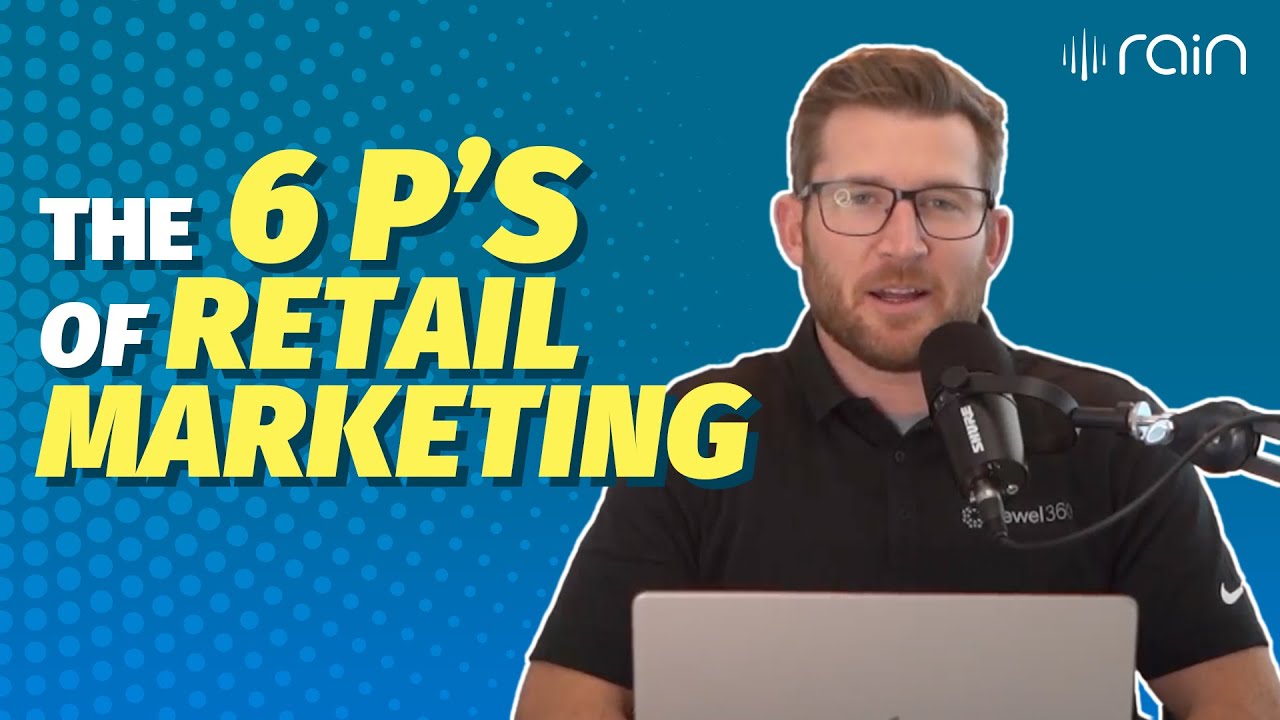Pricing Strategies Explained
Summary
TLDRThis video explores various pricing strategies businesses use to influence product success. It covers penetration pricing, where initial low prices aim to gain market share, exemplified by Pure Gym's introductory offers. Economy pricing is highlighted through Tesco's value brand, offering low-cost items to drive sales volume. Price skimming is used for innovative products like Sony's PlayStation 4, setting high initial prices to capitalize on demand. Psychological pricing tricks customers into perceiving savings, as seen with £114.99 pricing. Premium pricing, used by Canada Goose, associates high prices with high quality. Competitive pricing matches the market rate to retain market share, while cost-plus pricing simply adds a profit margin to the cost of goods. The video concludes with a quiz to test viewers' understanding of these strategies.
Takeaways
- 💡 **Penetration Pricing**: Businesses set a low initial price to gain market share quickly, expecting to increase the price later.
- 🏋️ **Example of Penetration Pricing**: Pure Gym offers a discounted rate for the first three months to attract new members.
- 💰 **Economy Pricing**: Products are sold at a low cost to attract customers, often used in food retailing with own-brand products.
- 🐟 **Example of Economy Pricing**: Tesco's 'Everyday Value' fish fingers are priced significantly lower than branded alternatives.
- 🍦 **Price Skimming**: Charging a high initial price for a new product with a competitive advantage, then reducing it as competition increases.
- 🎮 **Example of Price Skimming**: Sony's PlayStation 4 was launched at a high price, with the cost decreasing as demand settled.
- 🔢 **Psychological Pricing**: Pricing products to create a perception of value, such as pricing at £114.99 instead of £115.
- 🦆 **Premium Pricing**: Setting high prices to reflect quality and luxury, as seen with brands like Canada Goose.
- 🏆 **Competitive Pricing**: Matching or beating competitor prices to maintain market share, often used in highly competitive markets.
- 🛒 **Cost Plus Pricing**: Adding a desired profit margin to the cost of a product to determine the selling price, a traditional strategy.
- 📊 **Testing Knowledge**: The script concludes with a quiz to test understanding of the pricing strategies discussed.
Q & A
What is penetration pricing?
-Penetration pricing is a strategy where a business prices a product or service low for the initial purchase, typically through special offers, to gain market share through high volume of sales. The goal is to break down market barriers and generate volume, even if it doesn't always generate profit initially.
How does PureGym use penetration pricing?
-PureGym uses penetration pricing by offering the first three months at half price with no joining fee for new members. After the initial period, the price increases to the full price for ongoing membership, providing a regular profitable income.
What is economy pricing and how is it used?
-Economy pricing is a strategy where products are sold at a low cost, often under the retailer's own brand, with minimal markup. It's commonly used in food retailing, such as Tesco's 'Everyday Value' brand, to sell food at a lower price than branded alternatives, encouraging high sales volume.
Can you give an example of economy pricing from the script?
-An example of economy pricing mentioned in the script is Tesco's 'Everyday Value' fish fingers, which are priced at £5 per kilogram, significantly cheaper than the branded alternative, Birds Eye, at £7.15 per kilogram.
What is price skimming and when is it typically used?
-Price skimming is a strategy where a company charges a higher price for a product due to a substantial competitive advantage, often when a new and innovative product is launched with high demand and less competition. It allows the company to get high initial returns.
How did Sony use price skimming for the PlayStation 4?
-Sony used price skimming for the PlayStation 4 by initially pricing it at $349, taking advantage of high demand and less competition at launch. As demand declined, the price also decreased.
What is psychological pricing and how does it influence customers?
-Psychological pricing is a strategy that uses price points to influence customer buying behavior, making products seem substantially cheaper. It often involves setting prices just below a round number, like £114.99 instead of £115, to create a perception of savings.
What is premium pricing and how does it benefit a business?
-Premium pricing is used by businesses with a strong competitive advantage to set high prices, which psychologically supports the impression of high quality. This strategy provides a high profit margin and can actually increase demand for luxury items, as seen with Canada Goose jackets.
How does competitive pricing differ from other strategies?
-Competitive pricing involves setting prices based on what competitors charge, known as the going rate. It's crucial for businesses to be aware of competitor pricing to maintain market share, especially in highly competitive markets. Businesses must differentiate themselves in other ways, such as customer service or availability.
What is cost-plus pricing and how does it work?
-Cost-plus pricing is a traditional strategy where a business adds a desired profit margin to the cost of purchasing or manufacturing a product. For example, if a retailer buys a Samsung TV for £200 and wants a £50 profit, they would sell it for £250. While simple and predictable, it doesn't consider market needs or competitor pricing.
Why is it important for businesses to be aware of competitor pricing?
-Being aware of competitor pricing is important because it helps businesses set their own prices competitively to maintain or gain market share. Ignorance of competitor pricing can lead to overpricing and loss of customers.
How can businesses differentiate themselves when using competitive pricing?
-Businesses can differentiate themselves by offering outstanding customer service, increased availability, or unique product features when using competitive pricing. This helps attract customers despite similar pricing to competitors.
Outlines

此内容仅限付费用户访问。 请升级后访问。
立即升级Mindmap

此内容仅限付费用户访问。 请升级后访问。
立即升级Keywords

此内容仅限付费用户访问。 请升级后访问。
立即升级Highlights

此内容仅限付费用户访问。 请升级后访问。
立即升级Transcripts

此内容仅限付费用户访问。 请升级后访问。
立即升级5.0 / 5 (0 votes)






